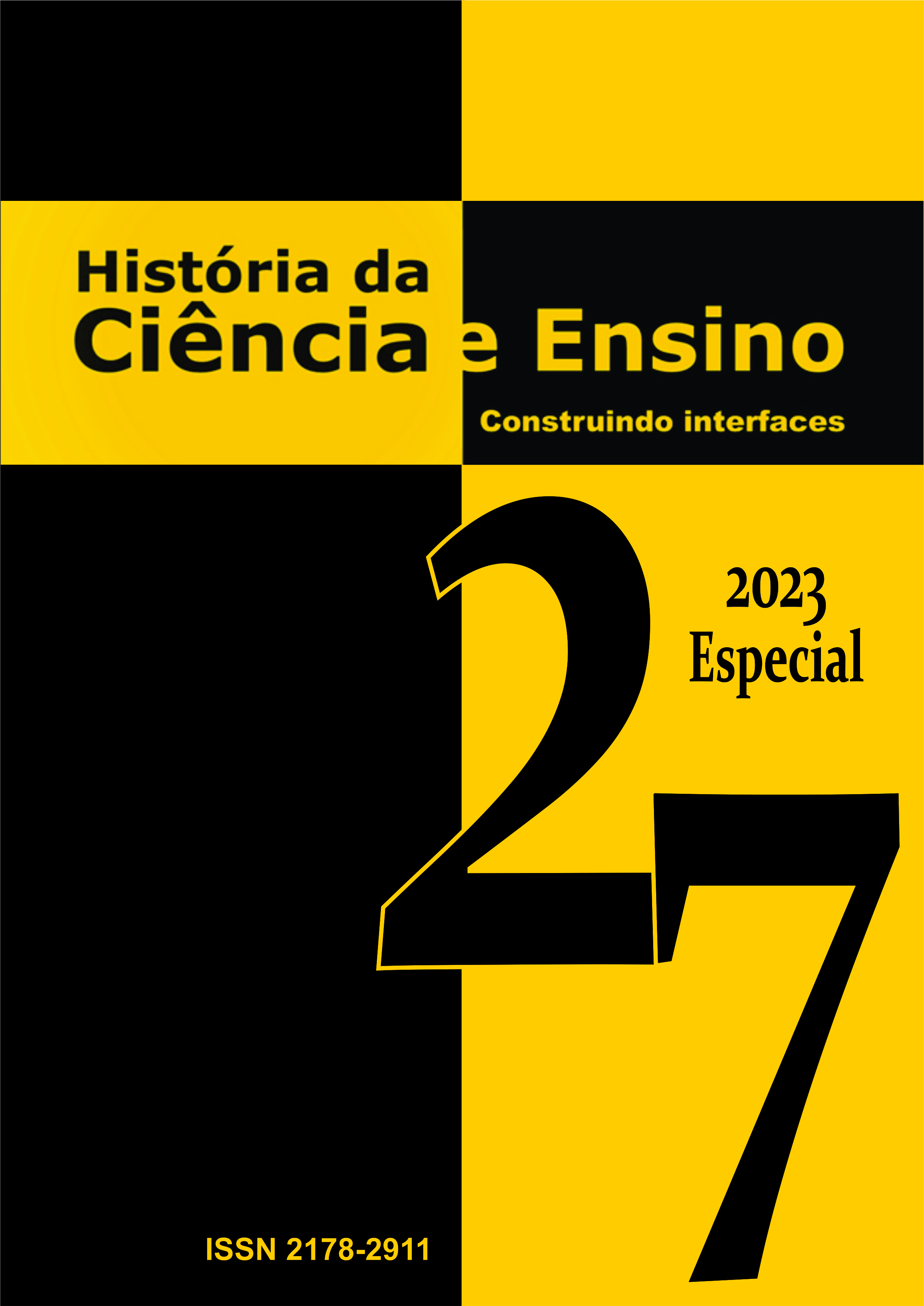Uma Perspetiva Histórica sobre a Medicina Veterinária de Abrigo: Evolução, Desafios e Impacto
DOI:
https://doi.org/10.23925/2178-2911.2023v27espp177-192Abstract
Veterinary shelter medicine (VSM), focused on the health and welfare of animals in shelters, has evolved significantly over time. This abstract provides a concise historical overview, highlighting milestones, challenges, and the impact of this specialised field.
VSM originated in the early 20th century as animal shelters emerged to address stray and abandoned animal populations. Initially centred on disease control and primary care, the field expanded to encompass comprehensive animal health, including behaviour management and population control.
Challenges faced by VSM include limited resources, overcrowding, infectocontagious disease management, and ethical considerations of euthanasia. However, innovative strategies like vaccination programs, spay/neuter initiatives, and adoption procedures emerged to improve animal welfare and reduce shelter populations.
The impact of VSM is significant. It enhances the health and well-being of shelter animals and safeguards public health. In addition, VSM has reduced disease transmission risks by addressing zoonotic diseases and implementing preventive measures, such as vaccination and parasite control.
Moreover, the field fosters collaborations between veterinary professionals, animal welfare organisations, and communities. These collaborations led to progressive policies, legislation, and increased research and training opportunities.
VSM has transformed from a rudimentary approach to a comprehensive discipline. Despite challenges, it has made substantial contributions to animal welfare and public health and received full recognition from the American Board of Veterinary Specialties (ABVS) in March 2023. Advancements and collaborations are vital to improving care for shelter animals and creating a compassionate and sustainable future for animals and humans.


